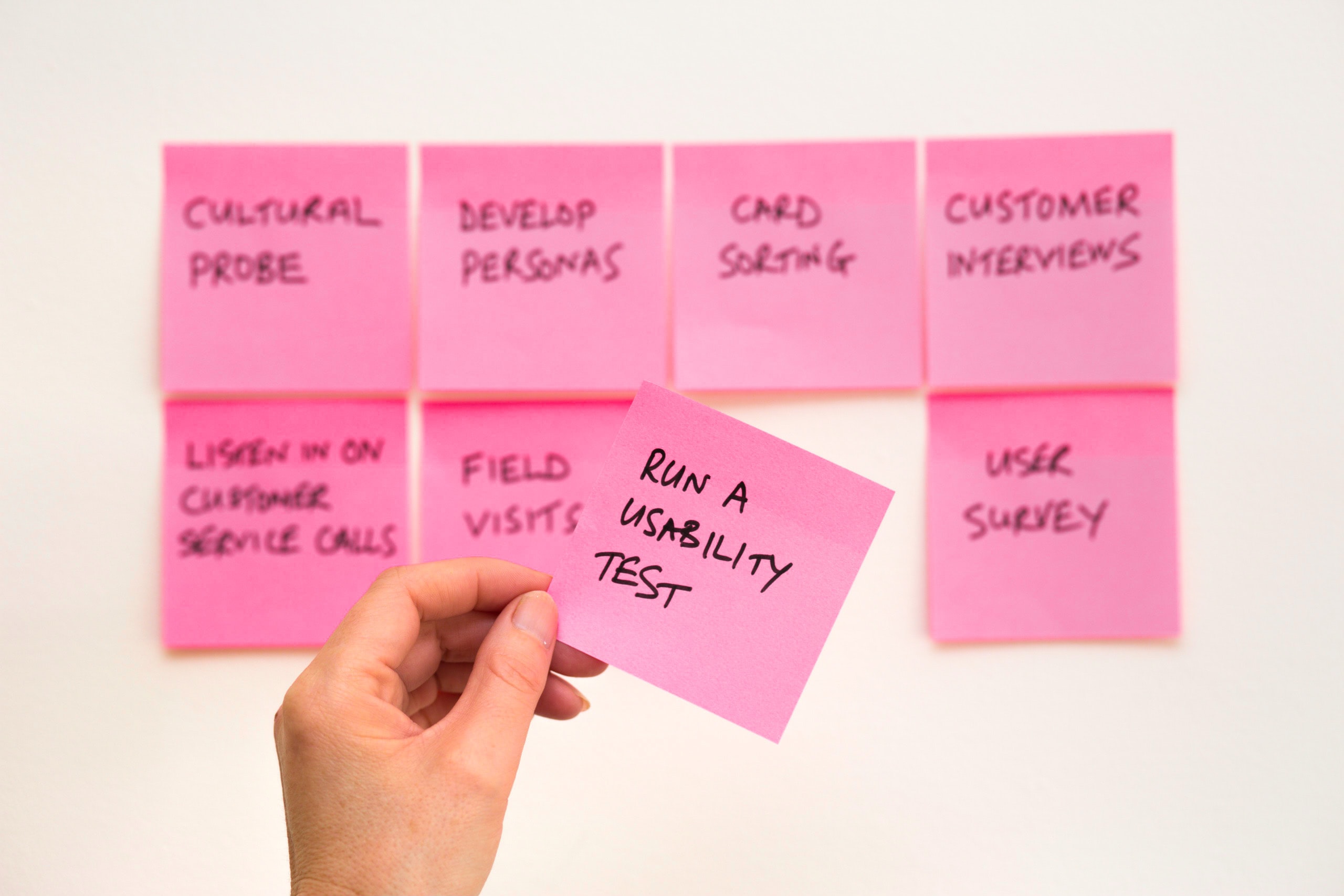
Free template at the bottom of the post.
One of the major concerns you have as a designer or a software developer is if your design is actually good. Can the users use the application in a way you intended? Can they solve their issues and reach their goals – does the application bring them any value?
“Is this something you’d like?” wouldn’t necessarily provide an accurate answer if they’ve never even tried the product for themselves. What you need is to have the end users or people similar to your end users test drive what you’ve built. Ideally you’d let them test drive an early prototype built from your designs so that you can catch any issues early on instead of catching them when the app is almost ready for shipping. While you could just hand them the prototype and tell them to go nuts, it’s a much more fruitful approach to have some structure and questions in mind that you’d like to answer.

In the decade I’ve been interviewing people, starting from counselling skills training in my psychology studies to interviewing users in the present day, I’ve started to form sort of a standard issue interview format. There’s an introduction to it, starting questions, the core questions or the test session, and then final questions. This is a format I might use for other interviews as well and not just a user interview for an existing prototype.
In this standard issue Think Aloud user interview, I start out with introducing myself, the team, and the project to the interviewee. I then go over how the interview proceeds, if it’s going to be recorded, and inform them of their rights to withdraw from the interview and request the destruction of their data if they so choose. (This is actually something you might want to communicate to them also prior to the research in an Informed Consent document you give them to sign but that’s another topic).

After the introduction, I go through a couple of background questions, usually related to the technology investigated. These cover how experienced the participant is with the technology. Three to five questions is perfectly fine here.
The second part is the actual test session. Here, the participant is given the prototype or a link to it and they’re asked to complete some tasks with it while thinking out loud. This part is the most important one and should tell you where your design stands and what is yet to be improved.
The third and last part is clarifying questions about the experience. You can revisit parts of the prototype if the participant missed them during the tests and you can ask what they thought of the experience. This should wrap up the session and give the participant a chance to mention anything that didn’t come up yet.

After the third part, the interview is over. If you’d like, you can offer to answer any questions the participant might have and tell them more about the project. Be sure to thank them for their time and wish them a pleasant day.
That’s it! I usually try to do at least five of these interviews and I rarely go beyond ten. Too few means that you might miss some crucial opinions or experiences and too many will increase the consequent workload when you’re creating a summary and recommendations from the interviews.
Here’s a template for the Standard Issue Think Aloud User Interview:
And of course if you want help in this process, don’t hesitate to contact us.
Hope this helps!

